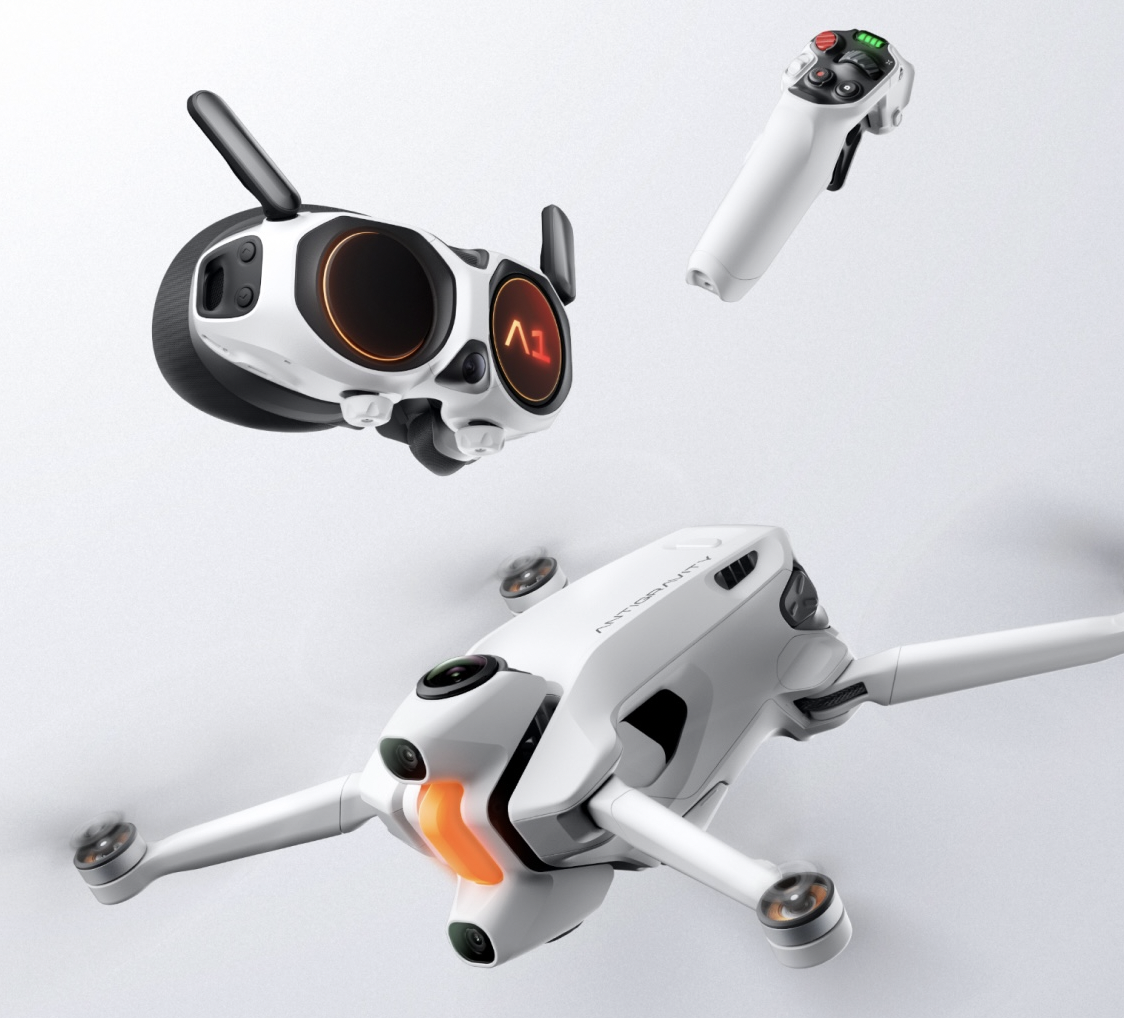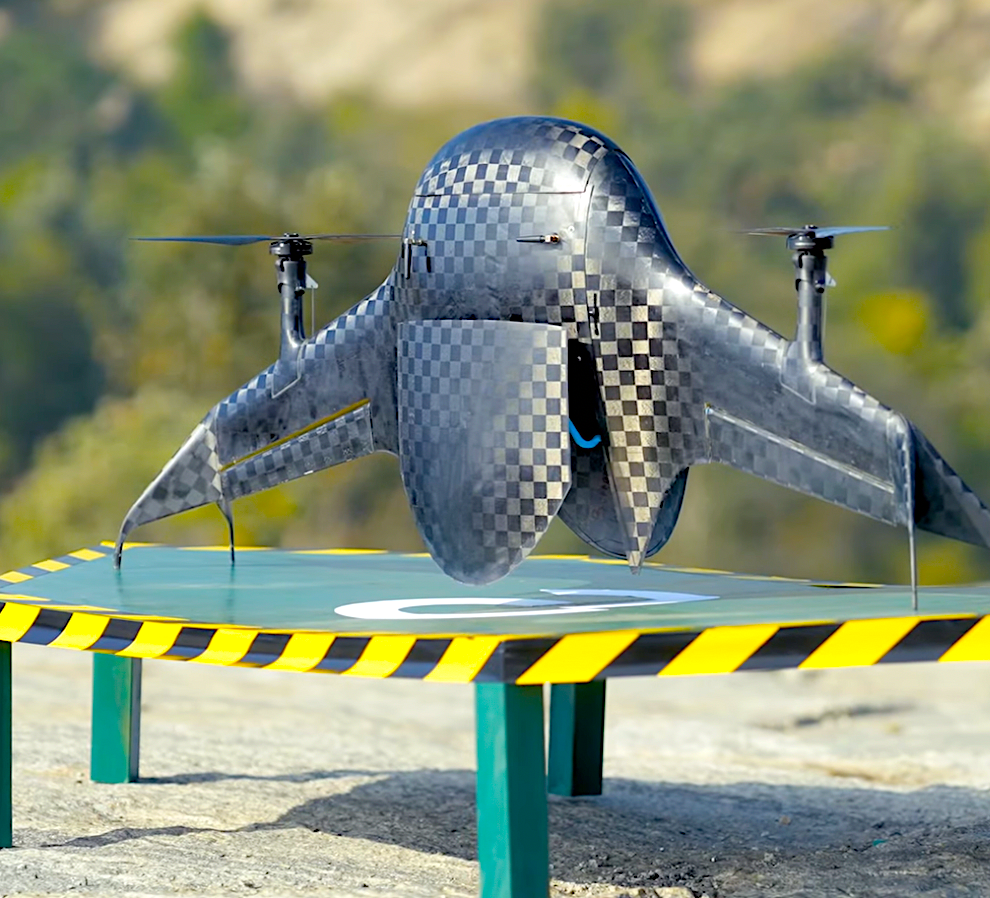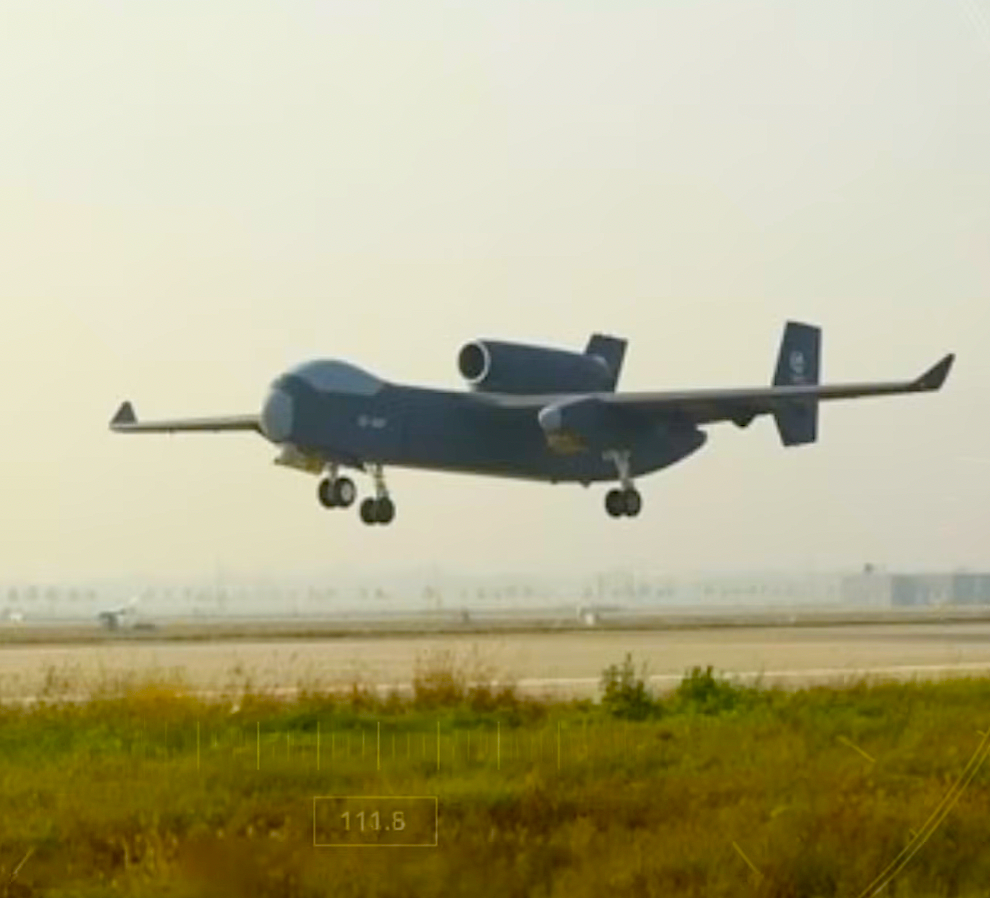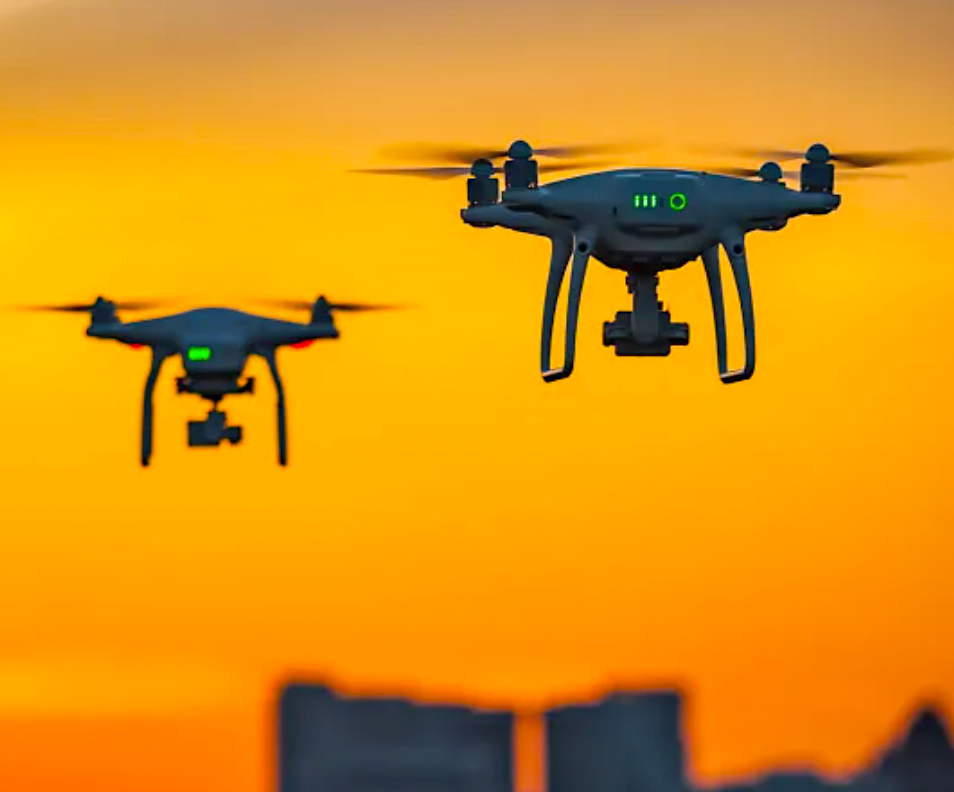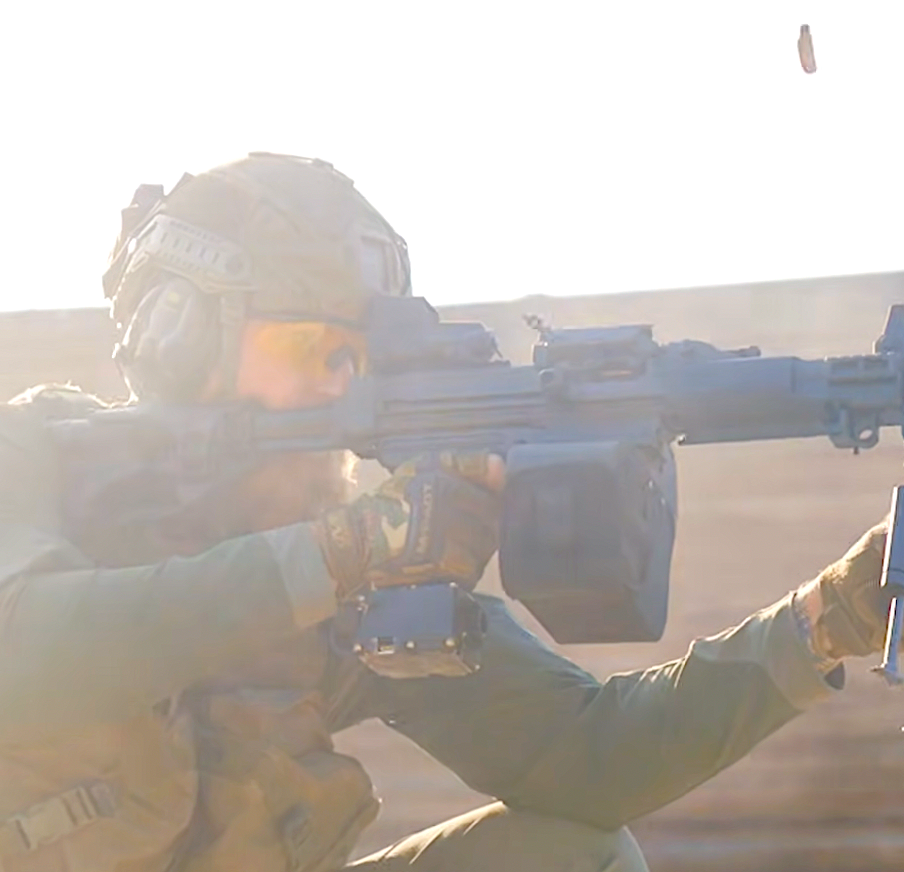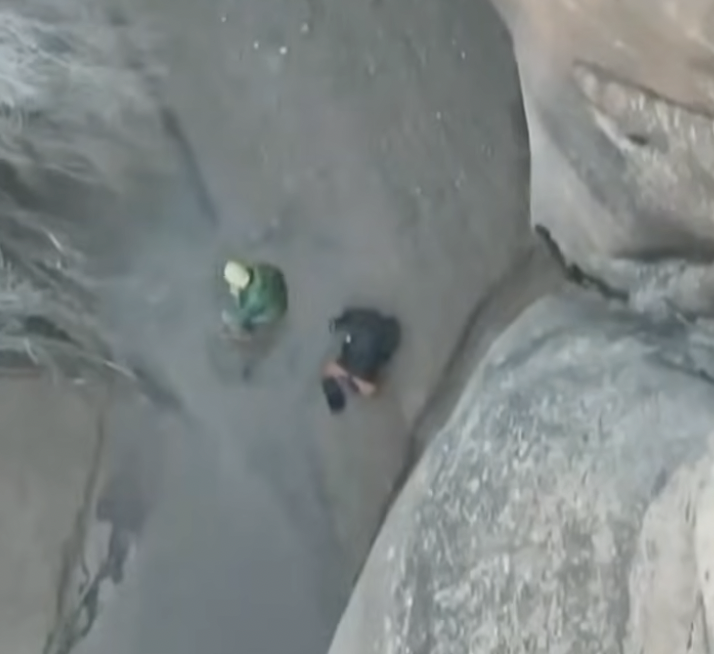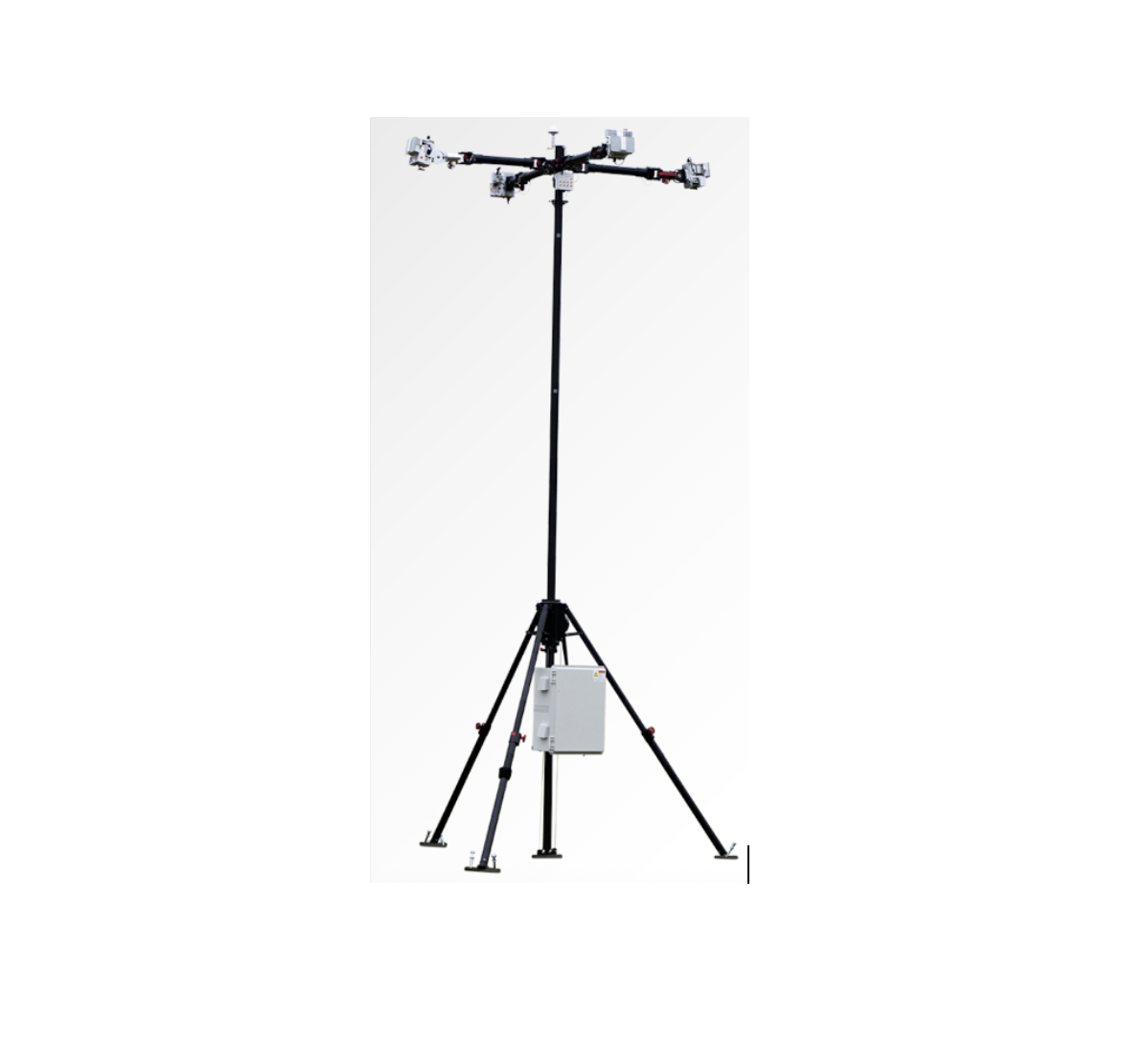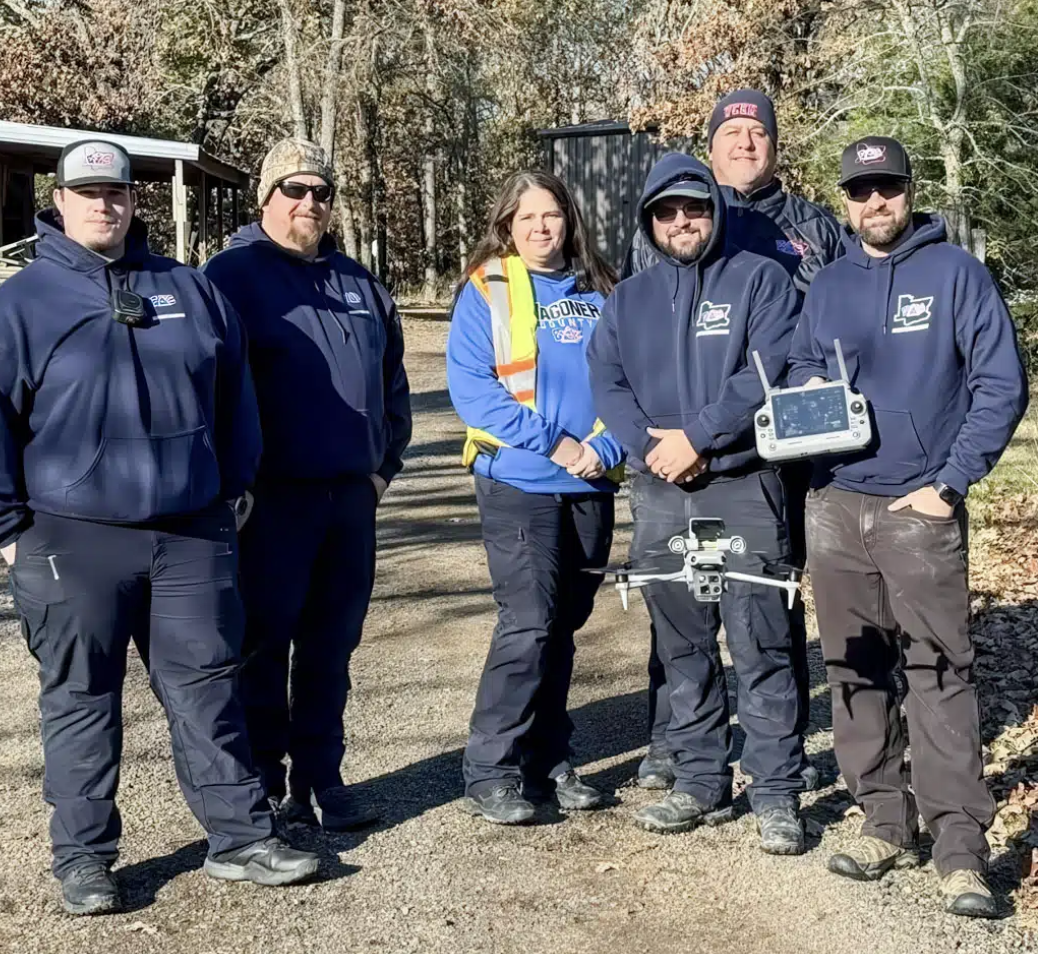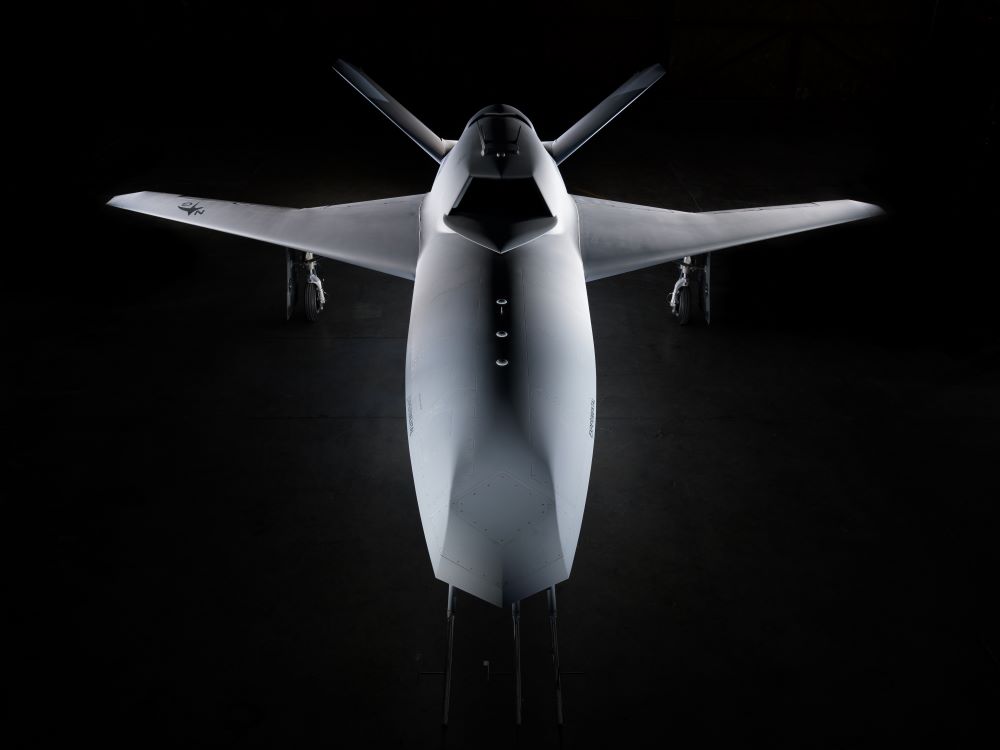Featured NewsDrone EducationProduct NewsBeyond 107
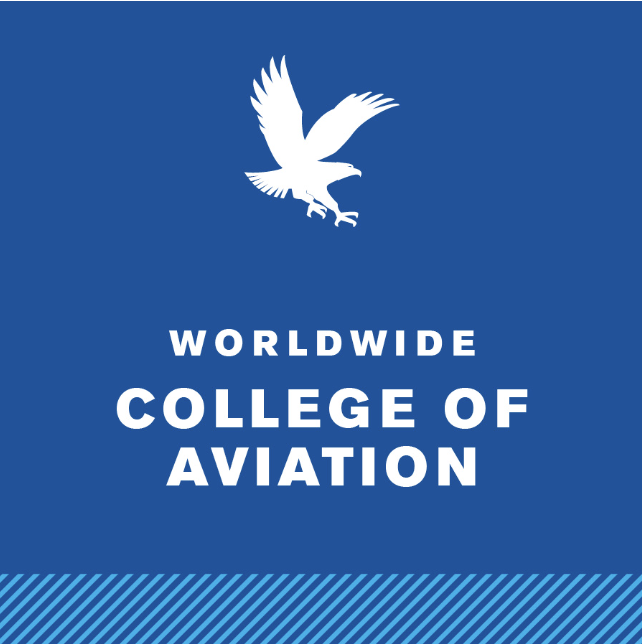
29 March 2024
By Patrick Sherman, Assistant Professor, Embry-Riddle Aeronaurical University
Sure, you’ve earned your Part 107 certificate. However, if you’ve spent any time at all in the industry, then you know that doesn’t do anything to separate you from the crowd. It’s literally the price of admission, and the Federal Aviation Administration (FAA) established it to ensure the safety of the National Airspace System (NAS) – not to provide you with marketable skills.
Your success, or failure, will be determined by what else you have to offer prospective employers. That’s where Embry-Riddle Aeronautical University can help. Of course, there is no shortage of training programs available for remote pilots. There is probably an advertisement for at least one on the page where you are reading this article right now. So, why choose Embry-Riddle? One word: History.
Learning from the Past
With drones, more properly known as small uncrewed aircraft systems (sUAS), being a new innovation, it’s easy to overlook the fact that they are only the most recent link added to a chain that stretches back hundreds of years to the Wright Brother, the Montgolfier Brother and Leonardo Da Vinci.
Even the multirotor configuration is nothing new. Its first incarnations flew more than a century ago.
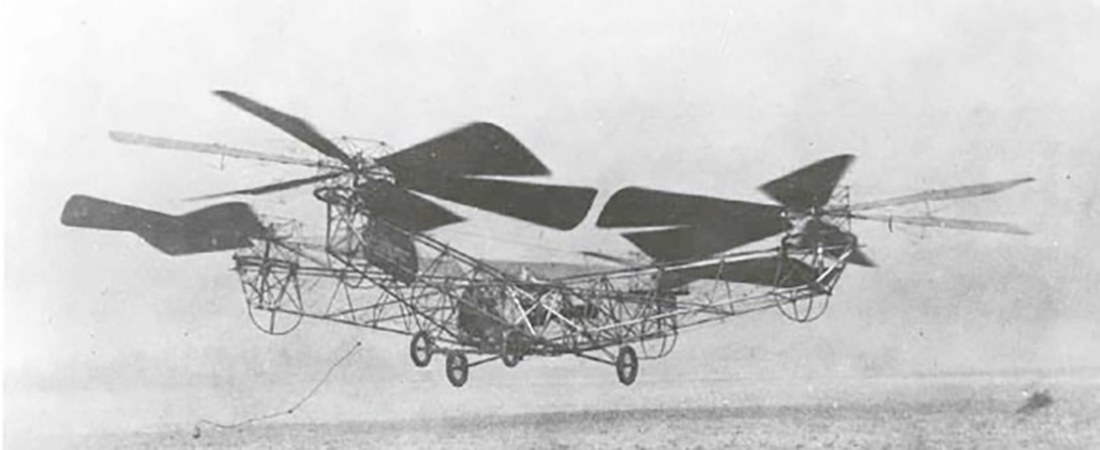
The De Bothezat helicopter, better known as “the flying octopus” by the few people who saw it in action, was a crewed multirotor developed for the United States Army in the early 1920s. Plagued by mechanical reliability issues and intense demands on the pilot, it was abandoned shortly thereafter. [Photo courtesy U.S. National Parks Service.]
As an aviator, you need to understand the history of your chosen profession—and Embry-Riddle is a proud part of that tradition. Known with good reason as the “Harvard of the Skies,” it was founded in 1926 by entrepreneur T. Higbee Embry—yes, that really was his name—and pilot John Paul Riddle.
Embry-Riddle got its start training pilots for the burgeoning aviation industry, as well as delivering mail under contract with the U.S. Postal Service. Today, most people don’t know that it was mail delivery that prompted the early growth of the civilian aviation sector. Passengers were allowed only if there was space available between the mail bags and were referred to as “self-loading cargo.”
The delivery side of the business was spun off and became part of the company known today as American Airlines, while Embry-Riddle maintained its focus on pilot training. This turned out to be a good decision. With World War II looming, the United States was officially a neutral power. However, President Franklin Delano Roosevelt understood that the country must become involved eventually and that air power would be key to its ultimate victory.
Thus, the country embarked on an unprecedented civilian pilot training program, with Embry-Riddle among its prime movers.

Having been established in 1926, Embry-Riddle emerged as a primary education provider for the United States’ program to train civilian pilots who could be called up to serve when the country inevitably became embroiled in World War II. [Photo courtesy Embry-Riddle.]
After the war, it was incorporated as the nonprofit Embry-Riddle Aeronautical Institute before assuming its current form as an accredited higher-education provider. Ever since, the university has been recognized as the world’s undisputed leader in aviation and aeronautics studies.
Preparing for the Future
Simply put, Embry-Riddle is more than another company offering drone training: It is the preeminent provider of aviation education globally—and you can add that name to your resume in months, not years.
And, you won’t even have to leave home to do it. Having long served members of the armed forces deployed overseas on remote bases, Embry-Riddle launched its online education program in 1993, not as a hurried response to the COVID-19 pandemic. Consequently, all of its programming is available for anyone with an internet connection – like the one you are using right now to read this article – through its Worldwide Campus.

At the residency required to earn a Bachelor’s or Master’s degree in Uncrewed and Autonomous Systems from Embry-Riddle Worldwide, students work side-by-side with professors who are world-renowned experts in small UAS operations. [Photo courtesy the Academy of Model Aeronautics.]
This includes the Bachelor’s and Master’s of Science degrees in Uncrewed and Autonomous Systems degrees, but also short courses offered through its Office of Professional Education (OPE). Scheduled several times each year and typically completed in just four weeks, these courses are developed and taught by the same faculty who educate students enrolled in the university’s degree programs. Specialized courses include:
- UAS Risk Management
- Inspection Operations
- Basic Multirotor Flight Training
- Advanced Multirotor Flight Training
- Fixed-Wing Flight Training
- Photogrammetry using UAS
- Public Safety UAS Fundamentals
- Evidence Collection and Preservation for Law Enforcement
- Developing a Standardization Program
In addition, multiple courses can be strung together to earn a certificate from Embry-Riddle, including sUAS for Public Safety and a Professional UAS Multirotor Certificate. Finally, OPE provides a gateway for you to earn third-party certifications, such as the Association for Uncrewed Vehicle Systems International (AUVSI) Trusted Operator Program (TOP) at Levels 1, 2 and 3, as well as Remote Pilot Instructor.
Begin Now
The best part is that you can begin your journey right now, this very moment, by downloading the Embry-Riddle Uncrewed Pilot Trainer (ERUPT) for free, using this link. This piece of software was developed to help Embry-Riddle students studying remotely to begin to develop their fundamental, thumbs-on-sticks flying skills and preparing for the industry-standard check rides used in TOP certifications.
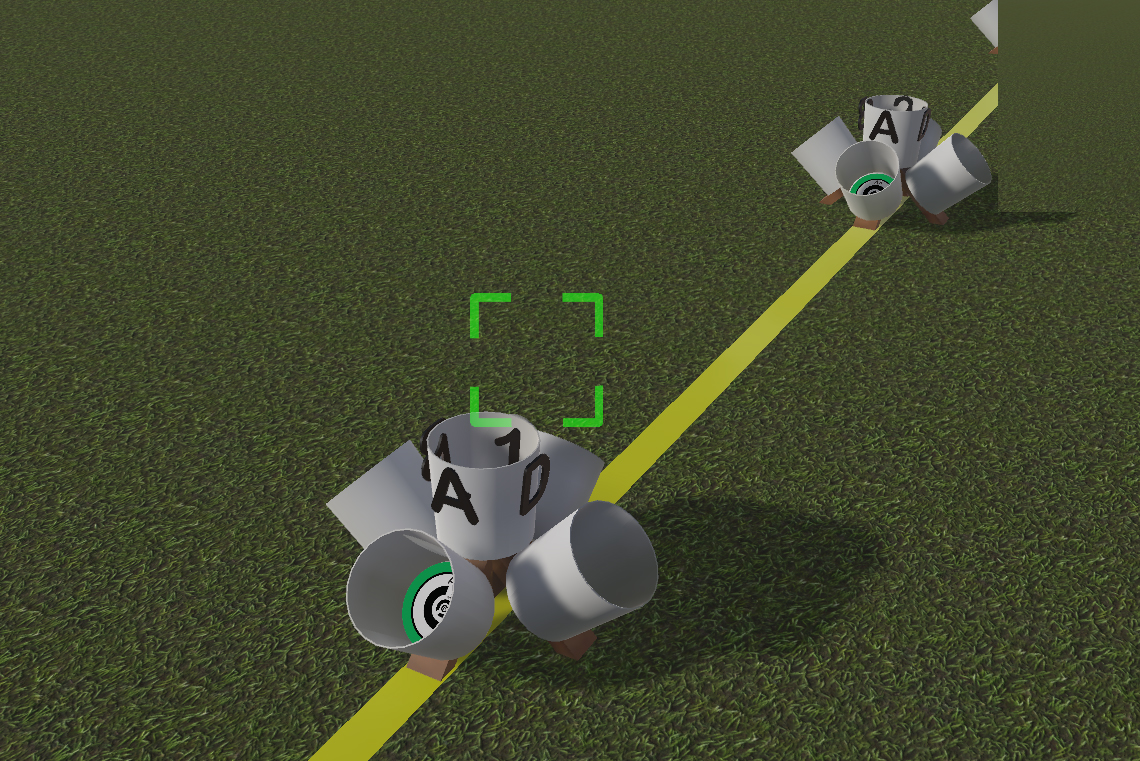
The Embry-Riddle Uncrewed Pilot Trainer (ERUPT) was developed to help students seeking degrees in uncrewed and autonomous systems develop their basic proficiency and prepare for check rides such as the National Institute of Standards and Technology (NIST) open test lane.
To be sure, this isn’t a high-fidelity flight simulator: It’s a training tool to help you master the basics – and it works. Students who use ERUPT prior to attending the required residency for the Bachelor's and Master’s degrees in Uncrewed and Autonomous Systems are able to complete their check rides four times faster than students who do not use the simulator.
Apart from a few megabytes of storage space on your hard drive, you literally have nothing to lose. Maybe you play with it for five minutes and then delete it. Maybe you take an OPE course to sharpen your skills around a single sUAS application, like photogrammetry. Maybe you take a few courses and earn a certificate. You can view the many sUAS options here.
Or, maybe you earn a Bachelor’s or Master’s degree from the world’s leading provider of aviation education, joining a long and proud tradition that goes back nearly a century to when aviation itself was new – the realm of pioneers and dreamers – just like the people leading the development of the UAS industry today. It can begin here.

